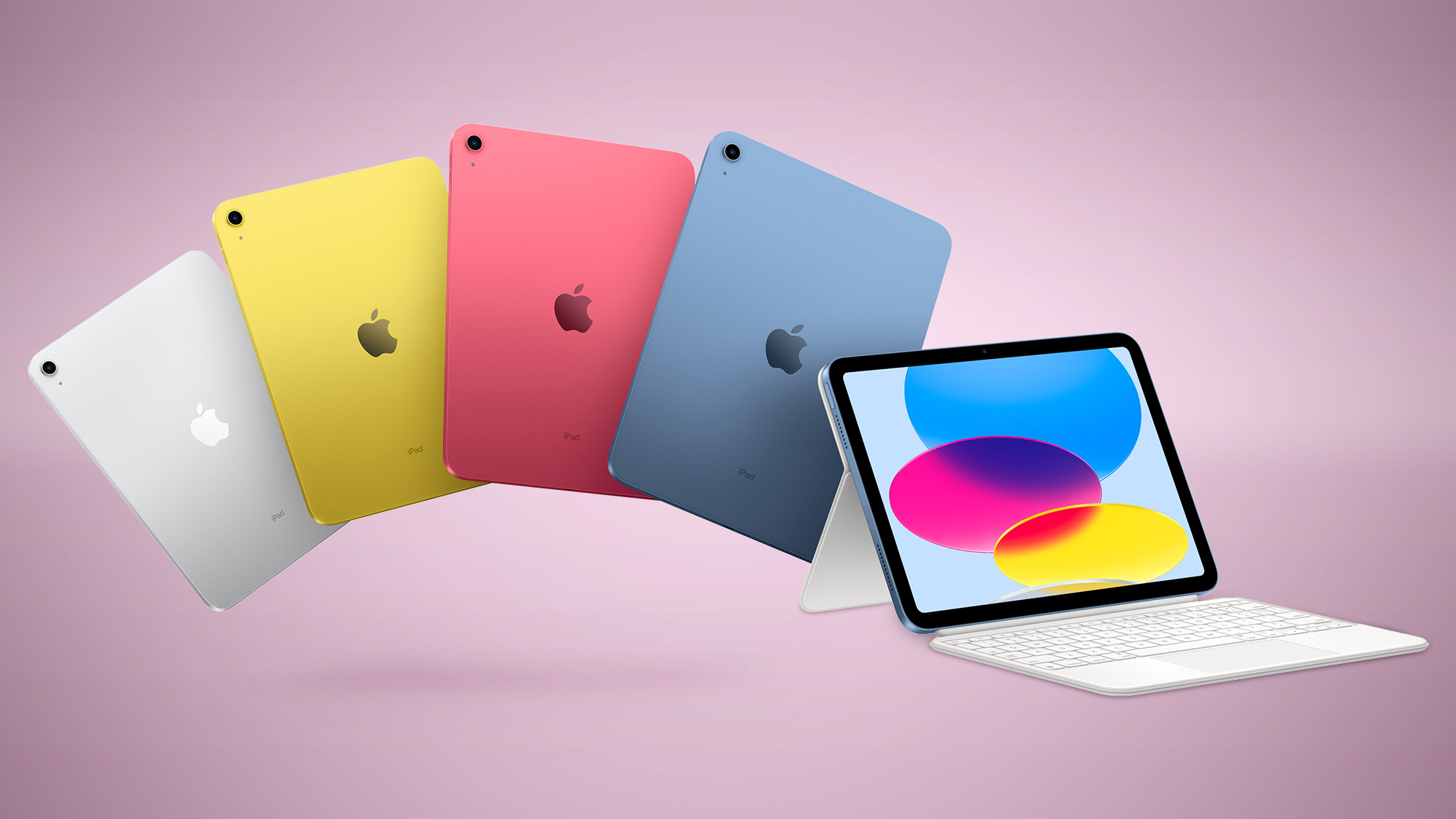In the rapidly evolving world of fintech, where financial services and technology converge, creating exceptional user experiences (UX) and user interfaces (UI) is paramount. Fintech app development companies are at the forefront of this transformation, leveraging innovative design principles to build user-centric financial solutions. In this article, we’ll explore the pivotal role of UX/UI design in fintech app development, and how leading companies in the industry are setting new standards for design excellence.
The Significance of UX/UI Design in Fintech
- Enhanced User Engagement: The financial industry is inherently complex, with intricate processes and terminology. Effective UX/UI design simplifies these complexities, making fintech apps accessible and engaging for a broader user base.
- Building Trust: Security and trust are paramount in fintech. A well-designed user interface instills confidence in users, assuring them that their financial information is safe and their transactions are secure.
- Streamlined Processes: Fintech apps often replace traditional financial tasks with digital processes. Thoughtful design can streamline these processes, making tasks like money transfers, bill payments, and investing more efficient and intuitive.
- Personalization: Fintech apps can leverage user data and AI to offer personalized financial advice and services. Effective UX/UI design enables the presentation of these personalized recommendations in a user-friendly manner.
- Accessibility and Inclusivity: Designing for accessibility ensures that fintech apps are usable by individuals with disabilities. It’s not just a legal requirement but also a way to serve a broader audience.
- Compliance: Fintech apps must adhere to strict regulatory standards. Well-designed interfaces can help users navigate compliance-related tasks, such as identity verification and documentation submission.
UX/UI Design Principles in Fintech
Leading fintech app development companies understand the importance of adhering to UX/UI design principles to create exceptional user experiences. Here are key principles they follow: - User-Centered Design: Fintech apps begin with user research. Understanding user needs, behaviors, and pain points is fundamental to designing solutions that cater to their specific requirements.
- Simplicity: Simplicity is the ultimate sophistication. Designers aim to simplify complex financial processes, offering clear, straightforward navigation and minimalistic design elements to avoid overwhelming users.
- Consistency: Consistency in design elements, such as buttons, fonts, and colors, creates a cohesive and familiar user experience. Users should feel comfortable and confident when interacting with the app.
- Security: Communicating security measures through design is crucial. Lock icons, two-factor authentication prompts, and clear privacy policies reassure users about the safety of their financial data.
- Efficiency: Fintech apps aim to optimize financial tasks. Designers work to minimize the number of steps required to complete actions like fund transfers or investment decisions.
- Mobile Responsiveness: With the rise of mobile banking, responsive design is a must. Fintech apps must provide a seamless experience on both small smartphone screens and larger tablet displays.
Leading Fintech App Development Companies and Their Design Excellence
Several fintech app development companies have raised the bar when it comes to UX/UI design in the industry. Let’s explore how some of these companies excel in this crucial aspect: - Robinhood:
Overview: Robinhood’s intuitive and user-friendly design disrupted the world of stock trading. The app’s minimalist UI allows users to buy and sell stocks with ease. The colorful, straightforward charts provide insights without overwhelming users.
Design Excellence: Robinhood’s design focuses on making investing accessible to beginners, with clear visuals and a straightforward user journey.
- Square:
Overview: Square’s Cash App, a peer-to-peer payment app, is known for its simplicity and ease of use. The design emphasizes quick money transfers and seamless payments.
Design Excellence: Cash App’s design facilitates peer-to-peer transactions effortlessly, with a clean interface that appeals to users of all ages.
- Revolut:
Overview: Revolut is a financial super app offering banking, cryptocurrency, and investing services. The app’s design is modern and visually appealing, making it stand out in the crowded fintech space.
Design Excellence: Revolut’s design showcases its wide range of financial services through intuitive navigation and colorful, data-rich dashboards.
- Chime:
Overview: Chime is an online bank that focuses on simplifying personal finance. Its mobile app offers features like early direct deposit and automatic savings.
Design Excellence: Chime’s design centers around the user’s financial well-being, with clear visuals illustrating savings goals and easy access to financial transactions.
- Betterment:
Overview: Betterment is a robo-advisory platform that automates investment management. Its design emphasizes goal-based investing and personalization.
Design Excellence: Betterment’s design makes complex investment decisions accessible to users of all levels of financial expertise. The app’s clean interface guides users through setting investment goals and risk preferences.
The Future of UX/UI Design in Fintech
As fintech continues to evolve, the role of UX/UI design will become even more critical. Here are some trends shaping the future of design in fintech:
- Voice and Conversational Interfaces: Voice-activated features and chatbots will provide users with more natural ways to interact with financial apps.
- AI-Driven Personalization: AI will play a more prominent role in tailoring financial advice and services to individual user profiles, creating hyper-personalized experiences.
- Biometric Authentication: Fingerprint and facial recognition will become even more prevalent for secure and convenient user authentication.
- Data Visualization: Enhanced data visualization techniques will help users gain deeper insights into their financial data, making it more actionable.
- Accessibility Advances: Continued efforts to make fintech apps more accessible for individuals with disabilities will result in more inclusive design practices.
In conclusion, UX/UI design is at the heart of creating successful fintech apps that offer users a seamless and secure financial experience. Leading fintech app development companies understand that design is not just about aesthetics; it’s about making complex financial processes accessible and user-friendly. As fintech continues to evolve, the collaboration between developers and designers will be crucial in shaping the future of financial services.




